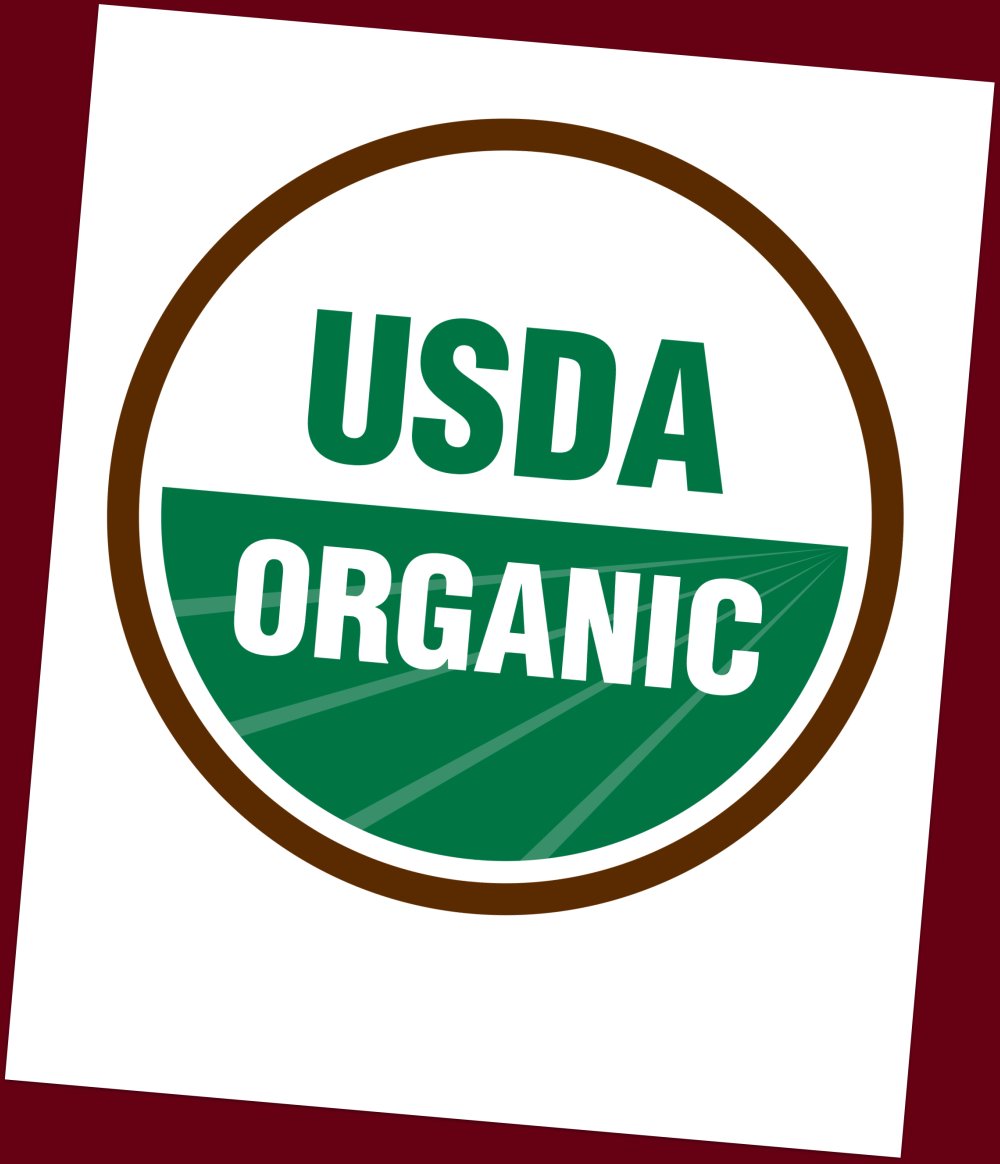|
Understanding Organic Certification (and Other) Food Labels
Meet the
USDA Organic Certification Program.
It’s designed to ensure that products offered with the USDA Organic Certified Seal meet their strict regulations. Get to know the different levels of USDA Organic Certification by reading the wording on the labels. Knowing these (and other) labels will help you make smart choices and keep your food safe.
Does the it say, “Organic”? Products made from at least 95 percent organic ingredients – with the other ingredients approved for use in organic production – may also carry the USDA Organic Seal. Does the product say, “Made with Organic Ingredients”? Then at least 70 percent of its ingredients must be organic. Up to three organic ingredients may be listed on the front of the product’s package, but the product may not carry the USDA Organic Seal. Products with less than 70 percent organic ingredients are allowed only to list the organics in the small type on the ingredient listing on the product’s side panel. No other claims may be made on the front of the product packaging, and the product may not display the USDA Organic Seal. Misusing the USDA Organic Seal can result in the producer’s (or market’s) paying a fine of up to $10,000 or more per incident or per package.
But don’t stop with those. Several other labels are confusing: Does your product say, “Natural”? There are no regulations for the term “natural” other than applied to meat and poultry – which, even then, does not fully describe how the meat is grown. It simply means, “This product has no artificial ingredients or added color and is only minimally processed.” In other words, “natural” meat is meat with nothing added. You don’t know how it was grown; the animals could have been injected with hormones or antibiotics and the meat could still be called natural.
Does your product say, “Hormone-free” or “Antibiotics-free”? You may see these on dairy products. Nothing about these terms is regulated, either. So sometimes a label may sound more impressive than it really is. Unless a term has a strict regulatory meaning attached to it, it is no more than impressive verbiage. So don’t use those terms to judge your food’s safety. If you want an organic (or mostly organic) product, look for the USDA Organic Seal. It is the only real certification at this time.

|





 Does the product say, “100 percent Organic”? Then every one of its ingredients must be organically produced. These foods may carry the USDA Organic Seal.
Does the product say, “100 percent Organic”? Then every one of its ingredients must be organically produced. These foods may carry the USDA Organic Seal.  Does your product say, “Free-range”? You may see this on poultry products. Again, this term has no legal meaning. It could be that the poultry were allowed to walk around a farm all the time, or in a large open pen on the farm. But there are no regulations to ensure you that the use of “free-range” as a description of the product is accurate.
Does your product say, “Free-range”? You may see this on poultry products. Again, this term has no legal meaning. It could be that the poultry were allowed to walk around a farm all the time, or in a large open pen on the farm. But there are no regulations to ensure you that the use of “free-range” as a description of the product is accurate. 